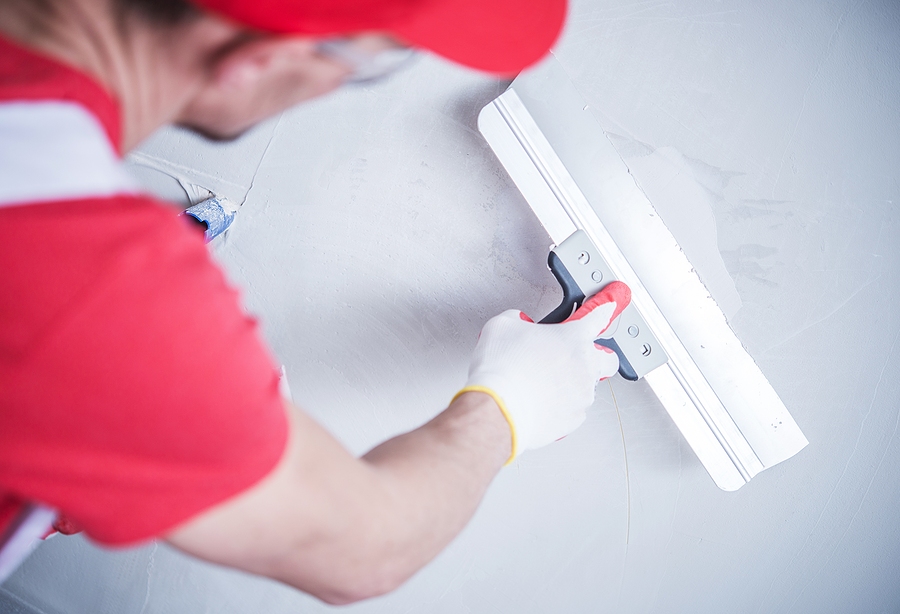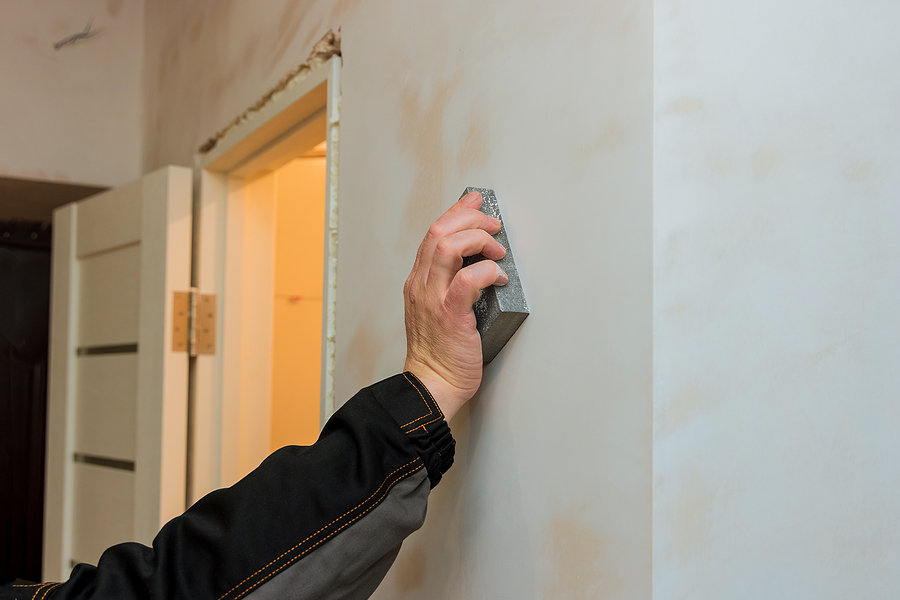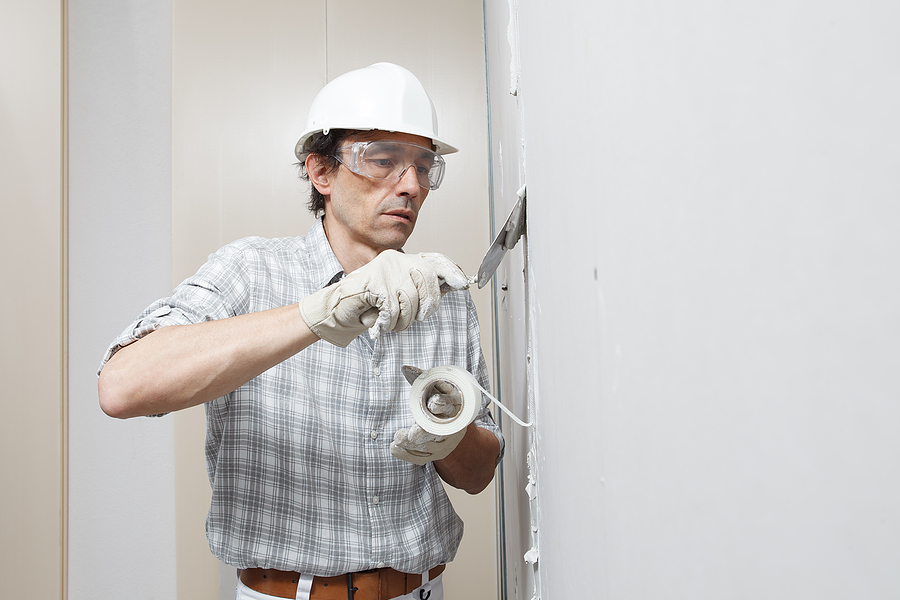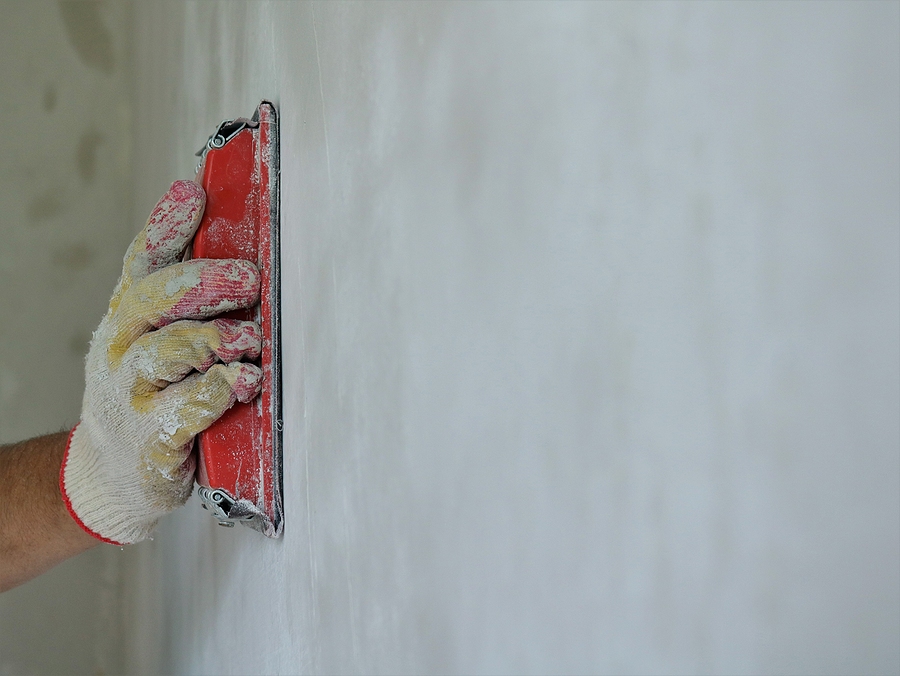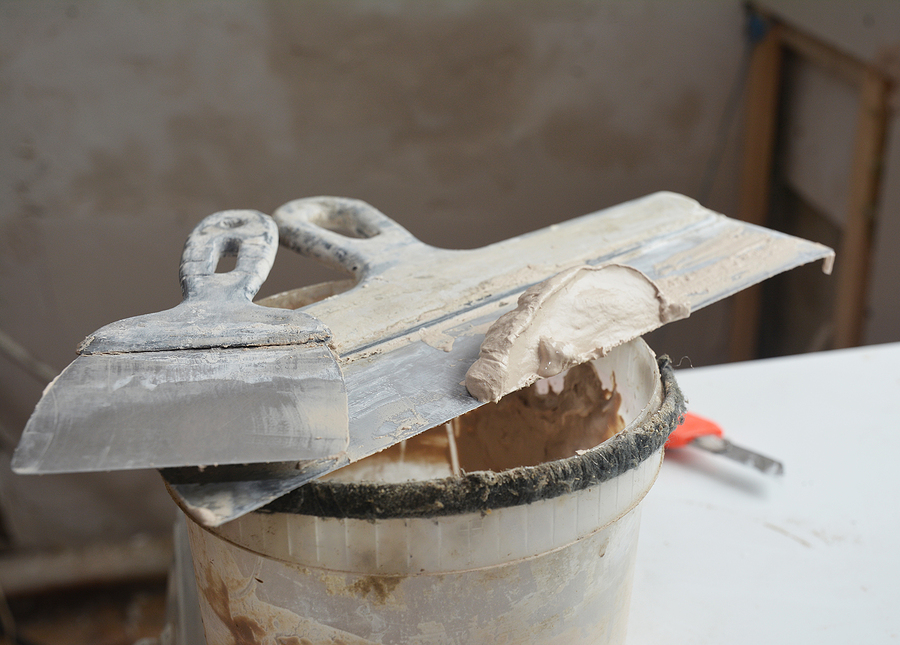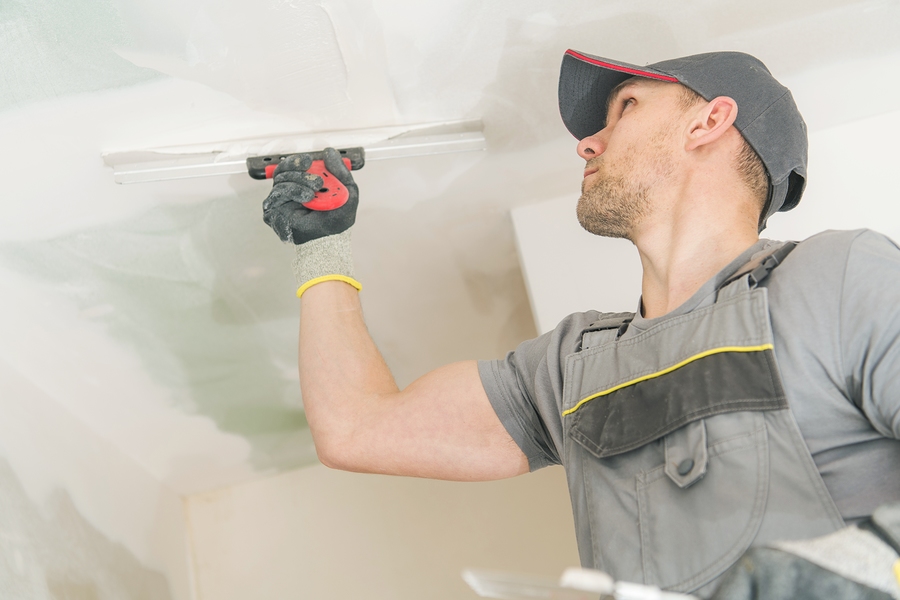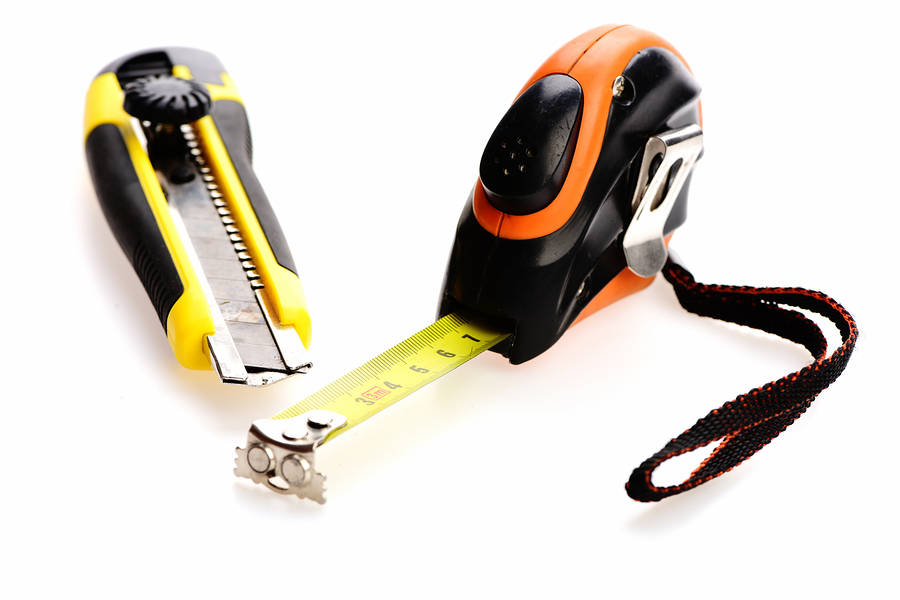New construction drywalling is a critical step in creating solid, beautiful walls and ceilings for your new home or commercial space. While it often goes unnoticed when completed properly, drywall provides both structural stability and a blank canvas ready for interior painting or design. Getting it right the first time can save time, money, and frustration down the line.
Whether you’re taking a DIY approach or hiring professional drywall contractors, our guide will walk you through the key considerations, from planning and material selection to installation and finishing.

Planning and Preparation for New Construction Drywall
Before you begin your new construction drywall project, proper planning and preparation can set you up for success. Here’s what you need to consider:
Assess Project Scope
Define your project requirements clearly. Are you working on a single room, an entire home, or a commercial space? Larger projects will require more materials and careful coordination.
Set a Budget
Understanding your budget constraints is essential. Key factors to account for include:
- Material Costs: Different types of drywall come with varying price tags. Opt for the type that suits your needs.
- Labor Costs: If you’re hiring professional drywall contractors, obtain quotes for the job.
- Tools and Equipment Rental: For those going the DIY route, factor in the cost of renting or purchasing tools like drywall lifts or sanders.
- Disposal Fees: If old drywall or debris needs removal, include disposal costs.
- Contingency Funds: Unexpected issues happen. Allocate at least 10% of your budget for surprises like incorrect measurements or damaged materials.
Create a Realistic Timeline
Create a project timeline with clear milestones. Keep in mind that certain steps, like mudding and sanding, require specific drying times to avoid compromising the finish.
Get a Quote for New Construction Drywall
Choosing the Right Drywall Material
Selecting the right type of drywall is key to ensuring durability and meeting specific needs for each space. Here’s an overview of popular drywall options and their common uses:
- Standard Drywall – Best for general interior walls and ceilings. It’s cost-effective and suitable for spaces with low moisture exposure.
- Moisture-Resistant Drywall – This green or purple board is perfect for bathrooms, laundry rooms, and basements. It resists mold and mildew better than standard drywall.
- Fire-Resistant Drywall – Ideal for garages, utility rooms, or areas near furnaces, this type prioritizes safety by slowing fire spread.
- Soundproof Drywall – If privacy is important, this denser drywall minimizes noise between rooms and is a favorite for home offices, theaters, and bedrooms.
- Cement Board – While not technically drywall, this material is used as a base for tiling projects in wet areas like showers.
The Step-by-Step Installation Process
Once you’ve chosen your materials and planned the project, it’s time to begin installation. Here’s how to install drywall like a pro:
Step 1: Measure and Cut
Accurate measurements are the foundation of proper installation. Measure each wall and ceiling area, then cut drywall sheets to fit snugly. Always leave a small gap at the bottom of walls to prevent moisture absorption from floors.
Step 2: Attach Drywall Sheets
Use screws instead of nails for greater stability and to minimize the risk of popping. Start by affixing sheets to the ceiling before moving to walls, ensuring each piece aligns properly with studs.
Step 3: Mudding and Taping
Apply joint compound (mud) to the seams and use drywall tape to cover them. Smooth out excess compound for a seamless finish. Try the All Purpose Ready-Mixed Joint Compound by USG Sheetrock Brand.
Step 4: Sanding
After the mud has dried, sand the joints to create a smooth surface. This step is essential for achieving a flawless finish before applying primer or paint.
Step 5: Priming
Before beginning any interior painting, apply a drywall primer to prepare the surface for even color absorption and a polished look.
Finishing Touches for a Professional Look
Drywall finishing isn’t just about covering imperfections; it’s about creating a polished foundation for the final design. Follow these tips for flawless results:
- Use fine-grit sandpaper for a smooth finish without over-sanding.
- Ensure all screws are flush with the drywall surface.
- Inspect every seam and corner to identify areas needing extra attention.
- Always vacuum or clean up dust before priming.
Common Drywall Installation Mistakes to Avoid
Mistakes during drywalling can lead to costly fixes or unsightly results. Here are some common pitfalls to watch out for and how to prevent them:
- Improper Measuring – Accurate measurements prevent material waste and misalignment. Double-check all dimensions before cutting.
- Incorrect Fastening – Over-driving screws can weaken the drywall, while under-driving can leave bumps that ruin the smooth finish. Always ensure screws are flush.
- Sloppy Joint Treatment – Poor mudding, taping, or sanding can result in visible seams and cracks over time. Take your time with these steps for a professional look.
- Using the Wrong Drywall Type – Installing standard drywall in moisture-prone areas can lead to long-term damage and mold issues.
- Rushing the Process – Skipping drying times between steps can compromise the strength and appearance of the finish. Patience is key to a durable result.
DIY or Hire a Professional?
Deciding between DIY drywall installation and hiring professionals depends on your budget, skill level, and timeline.
▶ DIY Drywall Installation
Pros:
- Cost savings on labor expenses.
- Flexibility to work at your own pace.
Cons:
- Requires skill and tools for professional results.
- Time-consuming and prone to mistakes without experience.
▶ Professional Drywall Installation
Pros:
- Faster completion with high-quality results.
- Reduced risk of errors or rework.
Cons:
- Higher upfront costs due to labor fees.
- Less control over the timeline.
Key Takeaways
New construction drywalling doesn’t have to be daunting. By planning effectively, choosing the right materials, and avoiding common mistakes, you can create a stunning interior that’s ready for finishing touches like interior painting or design.
Looking for expert assistance? Schedule your drywall installation today and partner with Drywall By Renso who prioritize precision and quality.
Contact us for expert consultation.
Related Post: Why Choose Metal Stud Framing for Your Drywall Construction Project

